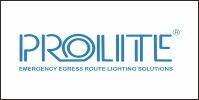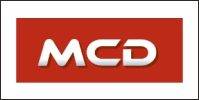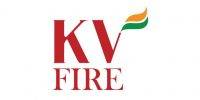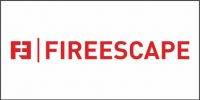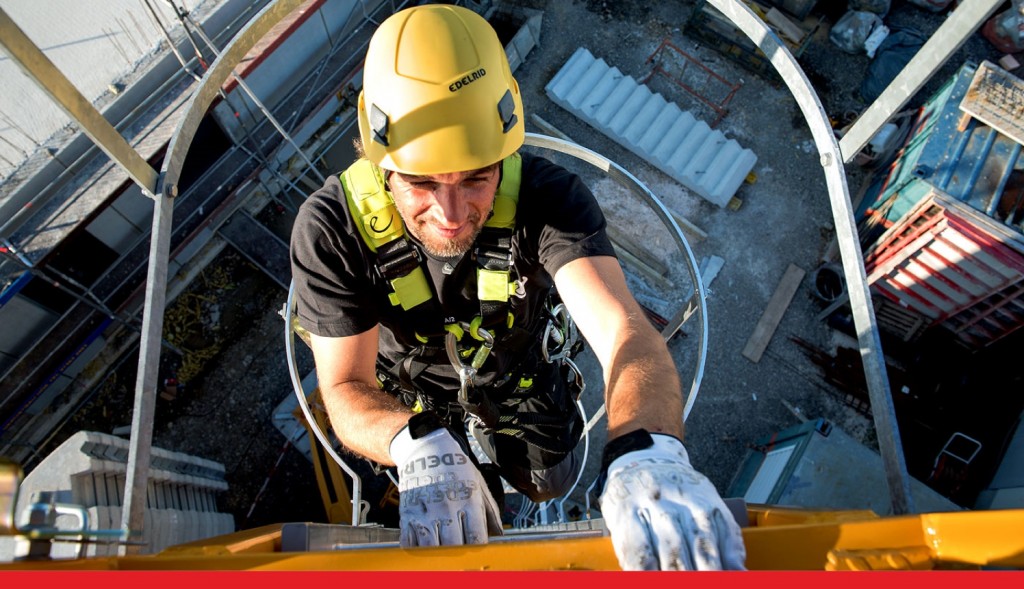 Today, the market for head protection has moved on. Nevertheless, Lock and Co, the company responsible for introducing the bowler hat, is still trading and can list a line of famous customers, from historical figures such as Admiral Lord Nelson and Oscar Wilde to modern-day celebrities like Pierce Brosnan and David Beckham.
Today, the market for head protection has moved on. Nevertheless, Lock and Co, the company responsible for introducing the bowler hat, is still trading and can list a line of famous customers, from historical figures such as Admiral Lord Nelson and Oscar Wilde to modern-day celebrities like Pierce Brosnan and David Beckham.
Modern-day head protection offers a wide range of options and can be selected based on the particular activities being undertaken. This then raises new questions. How do we know we are using the most appropriate type for the situation we find ourselves in? How do we maintain our head protection? How do we make sure the protection we provide is worn and used in the intended way? In this article you will find answers to these questions and more.
Why do we need to protect our heads?
The head is a very delicate part of the human body and one which you rely on every day. Injuries to the head can be very serious, which is why head protection is so important. According to the UK Health and Safety Executive's 2015-16 statistics, 15 people were killed in the UK when being hit by a moving, falling or flying object. Six of these were in the construction industry.
Head injuries also accounted for one in 10 reported non-fatal injuries, which can still have lifechanging effects. Even after a minor head injury, brain function can be temporarily impaired, something often referred to as concussion. This can lead to difficulties such as headaches, dizziness, fatigue, depression, irritability and memory problems.
While most people recover from such symptoms within two weeks, some can experience problems for months or even years after a minor head injury. However, there are more serious conditions which can occur from a blow to the head such as brain aneurysms and haemorrhages.
What exactly is head protection?
Head protection is a form of Personal Protective Equipment (PPE). Depending on the form of protection selected, it can be used to prevent or lessen damage to the skull caused by an impact from falling or flying objects, protect the user from low voltage electrocution and provide protection against the risk of head bumping and hair entanglement. It generally protects the scalp area and sometimes the jaw and nape of the neck.
You can think of head protection like the crumple zone on your car. It absorbs some of the energy of the impact and spreads out the time of the impact. It also prevents the skull from being penetrated by the object which has struck it.
The type of protection you choose will dictate the protection it affords you. You should remember that once an object has struck the head protection, it must be replaced.
What employers should look out for
If you are an employer looking into head protection for your workers but you are unsure on what you require, a good place to start is your own country's PPE regulations. For example, in the UK we have the Personal Protective Equipment (PPE) at Work Regulations 1992, which replaced the previous Construction (Head Protection) Regulations 1989. These regulations set the following requirements.
PPE should be used as a last resort. But whenever there are risks to health and safety that cannot be adequately controlled in other ways, the 1992 UK regulations require PPE to be supplied.
They also require that PPE is:
- Properly assessed before use to make sure it is fit for purpose
- Maintained and stored properly
- Provided with instructions on how to use it safely
- Used correctly by employees
In addition, all PPE including head protection must:
- Be appropriate for the risks and for the working environment
- Take account of the user's health, ergonomics, fit factors and be compatible with other items of PPE required to be worn
- Adequately control the risk presented by the hazard without increasing overall risk experienced by the worker – for example, goggles which are to be used in a hot environment and therefore steam up making it difficult to see
- Be supplied free of charge if supplied for work-related health and safety reasons
- Be properly maintained and suitably stored (in practice, for mobile workers, it may be necessary to supply a holdall or other container to prevent damage to PPE in transit)
- Comply with relevant legislation implementing the European Directives concerning the design and manufacture
Self-employed individuals should provide their own hard hats and ensure they wear them.
 All forms of head and scalp protection must be suitable, correctly fitted and have an easily adjustable headband, nape and chin strap where appropriate. The relevant standards are BS EN 397 and BS EN 14052. These requirements are an excellent framework when specifying head protection anywhere in the world.
All forms of head and scalp protection must be suitable, correctly fitted and have an easily adjustable headband, nape and chin strap where appropriate. The relevant standards are BS EN 397 and BS EN 14052. These requirements are an excellent framework when specifying head protection anywhere in the world.
Where do I start?
With so many types of head protection, working out where to start can be overwhelming. There is now a huge amount of choice when it comes to deciding which form of head protection employees and visitors should use.
Many people immediately think of hard hats when they think about head protection. There are, however, many more options. When choosing, you should ask yourself a series of questions. What hazards is the individual exposed to? What other mitigations have been put in place? Who is the head protection for (someone working on site or a 165 visitor, for example)? What weather conditions will the individual be working in?
Don't forget that you should check the head protection you provide to visitors each time you issue it to ensure it is fit for purpose.
Once you have answered those questions, you can go on to looking at the different options and decide which is right in your workplace. The following are a few examples of the options and why they might be chosen.
These are suitable when the risk posed is as the name suggests, bumping or walking into objects, for example, in warehouses or garages, which may have an individual working underneath a car. Their main purpose is to prevent bumps and grazes. They are not intended to provide protection against falling or moving objects.
Bump caps are not tested for lateral deformation and will not protect from severe impact or crushing injuries. If you were wearing a bump cap when you sustained a severe blow to the head, it wouldn't prevent a skull fracture.
Bump caps often come in baseball cap style, which can make them more comfortable and more likely to be worn in low-risk environments and tend to be very popular with delivery drivers and warehouse staff.
These are suitable for a wide range of working environments because of the range of hazards they protect against. You can consider options such as vented safety helmets to make them more comfortable in hot environments and liners can make them warmer in cold weather. Unvented helmets are better for use in areas where you require protection from chemicals and liquids with many unvented helmets protecting against molten metal and electric shocks of 440V ac.
There are various other design features which can be selected to ensure that the safety helmet is fit for purpose, for example peaks or no peaks, increased impact protection and the addition of accessories for hearing protection. While many accessories can be added to head protection you should also consider the compatibility with other forms of PPE such as respiratory protective equipment (RPE), eye protection, face shields and hearing protection.
There is a long-standing issue with people not wearing the chin strap on industrial safety helmets, so manufacturers have moved towards a more user-friendly ratchet wheel
These have a suspension system and shell structure that has been designed to be used for industrial, mountaineering, rescue and leisure activities. Tested to mountaineering standards in addition to industrial standards, they provide protection to those undertaking rope access work or other activities where a greater range of hazards may be present and still allow the connection of accessories that may be required in an industrial setting as above.
Keeping it on your head
 The fact that a hard hat sometimes comes off, particularly on receiving an impact, can defeat the purpose of wearing one.
The fact that a hard hat sometimes comes off, particularly on receiving an impact, can defeat the purpose of wearing one.
One way of combating this is the use of chin straps. All hard hats should have fixings to attach a chin strap if needed. It is well documented that the use of chin straps is an effective tool in reducing head injuries.
The challenge with them is that they can be uncomfortable and may make users likely to just undo them, thus removing the protection that the chinstrap would provide – or worse still, remove the helmet all together.
Industrial climbing helmets will always have a four-point chin strap due to the hazards present in these working environments. Climbers tend to be more aware of the risks associated with their activities, so are more likely to comply with wearing a chin strap.
In contrast, there is a long-standing issue with people not wearing the chin strap on industrial safety helmets. In recent years, manufacturers have moved away from the combination of an adjustable ratchet band and chin strap combination and replaced this with a more user-friendly ratchet wheel. The ratchet wheel enables the hat band to be tightened after the helmet has been placed on the user's head and locks the hard hat in place, removing the need for a chin strap in all scenarios apart from those with a high probability of a significant impact occurring.
The ratchet wheel also removes the additional hazards of chin straps causing strangulation if the hard hat becomes caught or releasing early when a given force is applied, leaving the user vulnerable to further impacts where these are received in quick succession.
Wear and care
Choosing the right form of head protection is only the start of the story. There is much more that needs to be taken into consideration to get the most out of it.
As an employer you should follow the head protection regulations set out in the countries you work in. These should include activities such as providing instruction on how to correctly wear the specified head protection, when to wear it and how to store it. Providing storage for PPE means it is more likely to be looked after properly and therefore last longer before needing replacing.
Users of head protection have a role to play, too, by taking care of it, enabling it to provide the protection it was designed for. There are a number of ways this can be achieved, as follows.
It may sound like an obvious thing to say, but you must always wear head protection the right way around. A hard hat, for example, won't give you full protection if you wear it backwards. If the peak on the hat is the issue, they can be bought without peaks. Equally, you should ensure that the brim is level when the head is upright otherwise the protection it provides will be reduced.
Your head protection is designed for your head; carrying objects inside it could damage its integrity and reduce the protection it provides. Placing gloves in it can also transfer contaminants or chemicals from dirty gloves to your head.
You should replace head protection if it has been damaged or its shelf-life has expired. All safety helmets will have a 'born date' marked on them to aid user inspection. The frequency you should replace your hard hats varies between two and five years, depending on the level of use and the guidelines from manufacturers. The majority of manufacturers do suggest the protection can last five years, but this should always be checked closely.
You should clean safety helmets using warm, soapy water, rather than solvents or abrasives. Hygiene is actually a very important part of this. When you wear head protection, you can often sweat. It is possible to get removable sweat bands to help with this, but you should always ensure you clean the headwear. It is advisable to not store head protection where it may be exposed to direct sunlight. How many people store head protection on the parcel shelf of a car, for instance? Ultraviolet rays can damage the plastic outer shell.
Don't forget that the protection can do more than just protect an individual. Helmets on sites are often used to identify roles and responsibilities; for example, visitors, banksmen, supervisors and first aiders. It is worth checking with your client if they have a specific way they manage this.
“if your team see everyone from the CEO down on site with head protection on they are far more likely to wear it themselves”
Making head protection second nature
You can use compliance measures to make sure your employees wear their head protection, but a far more effective tool is making it second nature for them to wear it.
As we have said earlier, climbers are much more likely to wear their head protection as they are acutely aware of the hazards they are exposed to. Education of the hazards that users face and the benefits of head protection, combined with selecting appropriate head protection with practicality and comfort in mind is the best way of ensuring your employees use it.
Leading by example is a great method for compliance. If your team see everyone from the CEO down on site with head protection on they are far more likely to wear it themselves.
Some things you can do to make people more likely to wear their head protection are:
- Make the wearing of hard hats a site rule
- Display safety signs in areas where there is a risk of head injury
- Always wear your head protection to set an example
- Check others are wearing theirs – and challenge if they aren't












